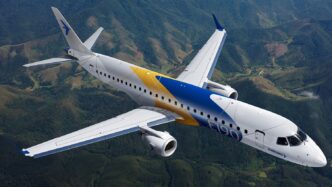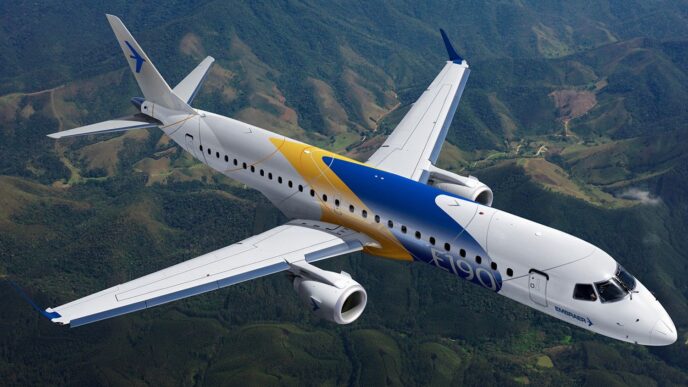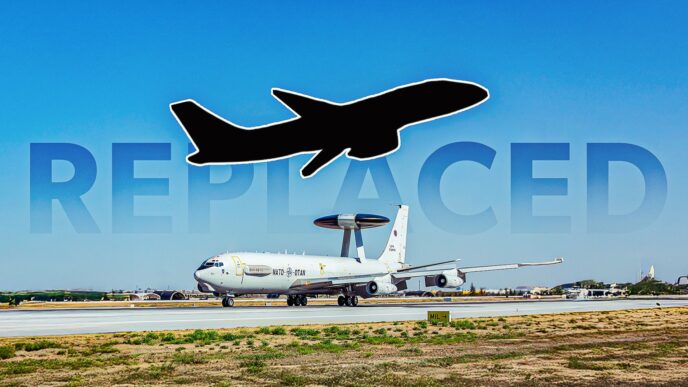The Airbus A321XLR is the latest addition to the Airbus family, marking a significant milestone in aviation. This long-range version of the A321neo has quickly become a favorite among airlines, especially in Europe and North America, since its launch in 2019. With over 500 orders, it’s clear that the A321XLR is making waves in the industry. Iberia was the first to introduce this aircraft into service in late 2024, initially flying from Madrid to Paris and then extending its route to Boston on the same day. The A321XLR is designed to take over from the Boeing 757-200, offering similar size but with greater range and better fuel efficiency. Its compatibility with the A320 family makes it an easy addition for airlines, although some aspects of the aircraft are still being tested in real-world conditions.
When it comes to engines, the A321XLR offers a choice between the CFM LEAP-1A and the Pratt & Whitney PW1100G. Both are cutting-edge high-bypass turbofans, with the PW1100G standing out as a geared turbofan, a first for commercial airliners. This design uses a gearbox to optimize component speeds, enhancing fuel efficiency. On the other hand, the CFM LEAP-1A focuses on thermal efficiency improvements, using advanced materials like ceramic matrix composites to boost performance. The engines can deliver up to 33,000 lbs of thrust, which is adequate for the A321XLR, though it doesn’t quite match the raw power of the Boeing 757.
Speaking of the Boeing 757, it’s worth noting that while the A321XLR matches its passenger capacity, the 757 is a larger aircraft with a bigger wing and higher gross weight, necessitating more thrust. Despite this, the A321XLR’s modern design and fuel efficiency make it a strong contender in the market, offering airlines a cost-effective and environmentally friendly option for long-haul flights.
#AirbusA321XLR #AviationInnovation #AirlineIndustry
Originally reported by Simple Flying Read More













